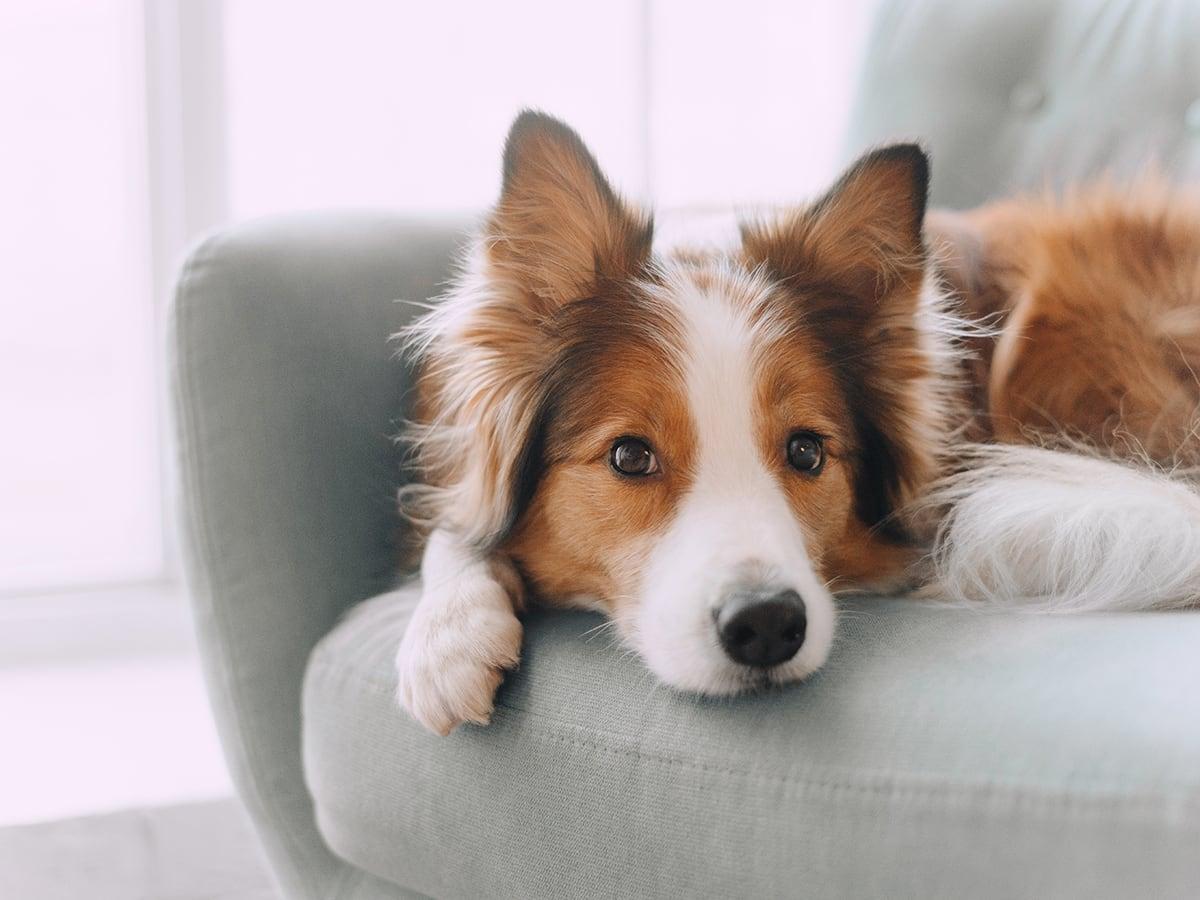While dog training takes time, and real change comes from the consistency of long-term habits, and routines, there are always ways to improve upon the situation with your dog in the more immediate sense.
Here are 3 things you can do TODAY to effect real change in your dog ⬇️
1. Doorway Manners
If your dog is pulling you through doorways the second it cracks open, it’s time to start blocking that space.
Pivot with your body, similar to a hockey goalie, and block the doorway so your dog begins to learn that you are the barrier between them and the outside world. You can also use the leash as a secondary boundary in case they try to sneak past you.
Once they’re waiting patiently, mark it with a “Good” and start rewarding them for the better of the two behaviors!
You can then pivot slowly back to the side and begin to condition a release word such as “Break” or “Free” for them to head outside.
Rinse and repeat!
2. Counter-Surfing No-More
Have a dog that can’t keep their furry paws off your kitchen table?
Keep a leash on your dog during the next week and each time they go to jump, mark with “No”, and apply gentle leash pressure away from the table. This conditions your dog to the correction marker and will get you to a point where you can eventually phase out the leash altogether.
Reward and mark with “Yes” when they make a better decision like thinking about jumping, but choosing not to.
The ultimate goal of this exercise is to give clear meaning to the word “No,” so it’s not just an ambiguous cue that confuses your dog. Without clear follow-up, “No” often gets repeated with no change in behavior because the dog doesn't understand what it actually means.
3. Boundaries Are Key
A dog with clear boundaries in the home will oftentimes behave better and more reliably.
Set up a crate in a room that’s convenient for you to practice and guide your dog inside using a food lure or gentle leash pressure.
Once inside, mark with “Yes!” and reward.
Rinse and repeat!
Pro Tip: Once your dog starts walking into the crate willingly, begin to add the verbal cue into the sequence, such as “Crate” or “Kennel”.
In Closing
While the above exercises may seem simplistic in nature, they can begin to create real change in how your dog behaves around the home. In the world of dog training, the simplest tweaks oftentimes result in some of the biggest changes.
Happy training! 🐕✨

Nicolas Angione is the founder and head dog trainer at Hope Gables Canine, based in Fairfield County, CT. Inspired by his own dog's reactive journey and rehabilitation, he left his career behind to become a dog trainer. After years of shadowing other dog trainers in the industry, he started his own practice, which has successfully helped hundreds of dog owners, both domestic and abroad, regain peace and harmony with their dogs. Many of these success stories, dog training tips, and more can be found on their Instagram and YouTube pages.











